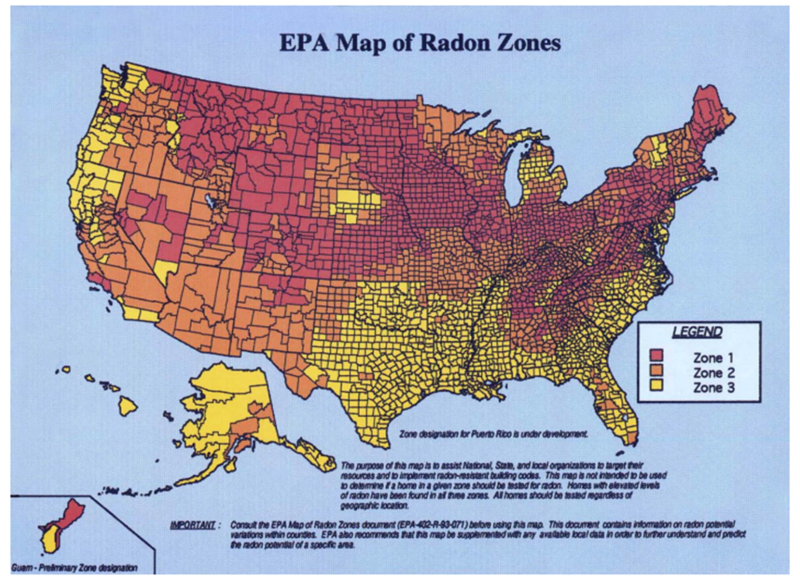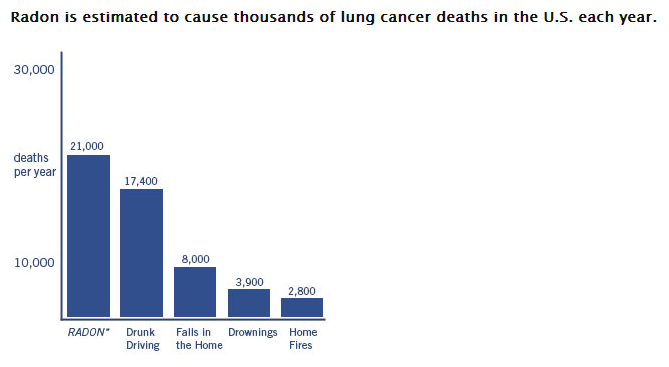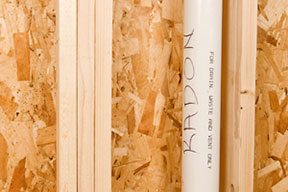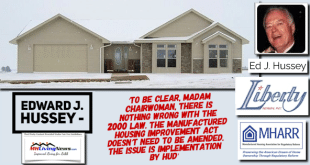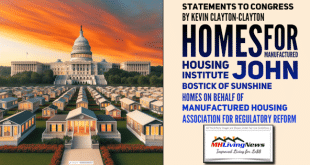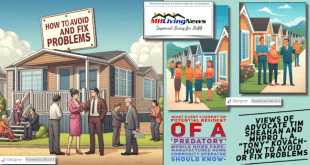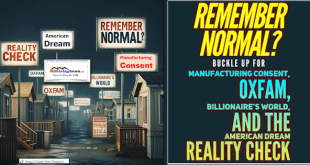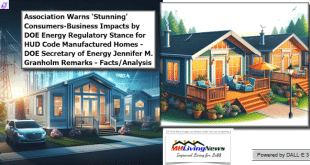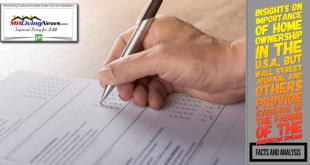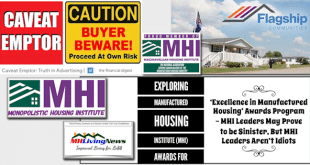In January 2008, my husband and I were “this close” to purchasing our first home. After a couple of months of looking, we found a home that we loved, in a charming neighborhood and in our price range. It was missing only one thing from the checklist of amenities we wanted in our home (oh two stall garage, I still miss the idea of you on cold, snowy mornings). The home looked solid and well-maintained, and because it was “move-in ready” or vacant, we thought we had an idea of the potential problems our home inspection would uncover. For the most part, we did. There were only a few real issues we would need to address—cracked sidewalk, broken light fixtures—and then we got the results of our radon test.
I knew very little about radon when we had our home tested for it. I knew it’s a carcinogen, a noble gas, and that was about it. When our test came back at four times the acceptable threshold, I did some research.
Here’s what the Environmental Protection Agency (EPA) says about Radon:
It’s a cancer-causing gas. According to the Surgeon General, radon is the second leading cause of lung cancer in the United States behind smoking.
EPA map showing the differing radon levels across the United States.
Zone 1 predicts the highest radon gas levels indoor, whereas Zone 3 predicts the least.
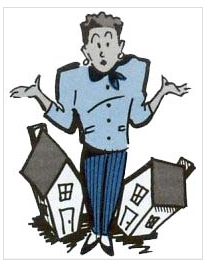
Radon comes from the natural—and radioactive—breakdown of uranium in the earth, and contaminates the air we breathe and the water we drink.
Radon can enter buildings through cracks, construction joints, gaps around pipes, wall cavities and the water supply.
Our homes pose our greatest risk for radon exposure because we spend the most time there. Every home in the U.S. should be tested, since it’s estimated that nearly one out of every 15 have elevated radon levels. *
Any building that is tested to have a level in excess of 4 pCi/L (picocuries per liter) should have the radon mitigated. Even the highest levels of radon can be reduced to acceptable levels by a qualified mitigator.
A radon mitigation system constructed inside a new home.
It’s important to note that even though there’s a recommended radon level that your home should be under, the EPA believes that any radon exposure is risky. Our inspector was quick to note that sentiment as well. He followed up by saying the lower we could reduce our radon level, the more we would reduce our risk.
So began our adventures in radon mitigation. Long story short—we received estimates, hired a certified contractor, and then found out that our radon situation was more complicated than first projected. But as the EPA says, even the highest levels of radon can be reduced to acceptable levels. Ours was.
While January is National Radon Action month, there’s never a wrong time to have your home checked. If you don’t know the radon levels in your home, take a little time to find out. We want you to be safe in your home; help protect your family from radon. ##

Foremost Insurance.
* Editor’s Note: For those shopping for a new manufactured home, it is easier and more cost effective to plan your new home’s site with radon-mitigating sheathing. The EPA says:
Plastic Sheeting
Plastic sheeting seams sealed is placed on top of the gas permeable layer and under the slab to help prevent the soil gas from entering the home. In crawlspaces, the sheeting is placed over the crawlspace floor.
 manufacturedhomelivingnews.com Manufactured Home Living News
manufacturedhomelivingnews.com Manufactured Home Living News
